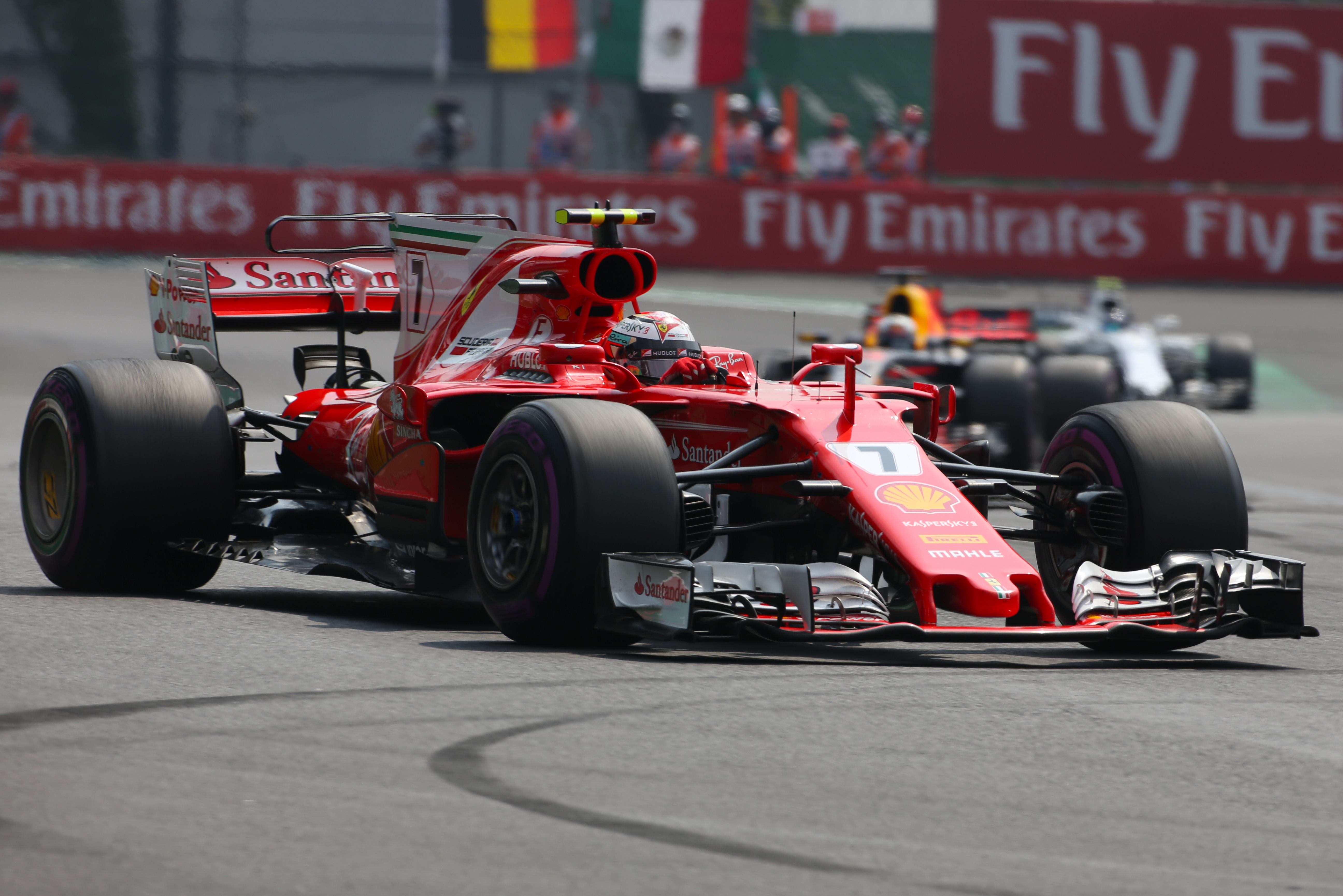Ferrari’s new performance development department may just sound like a rearranging of the deck chairs in light of its current performance crisis, but actually seeks to address what it sees – in hindsight – as the reasons for the falling off in its performance in the last two seasons. In addition to the 2020 engine technical directives, that is.
In 2017 Ferrari produced a rather stunning piece of kit in the SF70H. After years of producing cars that seemed to take ideas from others, this one introduced many new cutting-edge aerodynamic features that would subsequently be widely adopted by everyone. For once, Red Bull and Mercedes were taking ideas from the Ferrari, not vice-versa.
That car could have won Sebastian Vettel the championship, but for a combination of operational and driving errors. A development of that car for 2018, the SF71H – with a more potent Q3 engine mode, thereby addressing the ’17 car’s main weakness – could have won the title. It was probably the best car.
But the 2019 car was seriously flawed. Yes, it allowed Charles Leclerc to set more poles than anyone else, but even with its big power advantage it was only competitive on a narrow range of circuit types. It was not the sweet-handling, adjustable machine of its two predecessors.
Ferrari believes there is significance in that timeline. In 2016 then-chairman and CEO Sergio Marchionne had instigated something of a management revolution by reverting to a system of ‘horizontal integration’ in the creation and development of the car, whereby group members all contributed with ideas, which the department heads then chose from.
It was designed to encourage original ideas and if the SF70 was any indication, it worked. After years of ‘plain Jane’ designs, Ferrari was suddenly the most creative team out there – with exactly the same personnel as before.

Now, Mattia Binotto feels the system has run its course. Not only has the new energy it brought subsided but the system has proved somewhat unwieldy in a time of difficulty.
To address the various shortfalls of the organisation, it’s been decided the time has come to resort to a more formal ‘vertical integration’ with clearly-defined responsibility for the department heads. Hence the new performance development department has overall charge of all the other technical departments. Aero, chassis, power unit and track will all report to the PDD. Enrico Cardile – with a background in the aero department – will thus carry the sort of responsibility previously earmarked for a Technical Director.
Interestingly, Ferrari’s announcement makes specific mention of how the performance development department will be able to ‘count on the experience of Rory Byrne and established engineers such as David Sanchez. It will be the cornerstone of the car’s development.’

Byrne and Sanchez (chief aerodynamicist for the SF70 and its successor) are widely believed to have been the twin creative forces behind the innovative features of that 2017 car.
Byrne, creator of the Schumacher-era multiple title winners, has been retained as a consultant since going into semi-retirement at the end of 2008, but his involvement has decreased since 2017. This seems to mark him stepping up once more.
The effects of this change will become clear only in hindsight. But the fact that it’s been actioned without the team’s usual bloodletting in a time of crisis is a promising sign.


